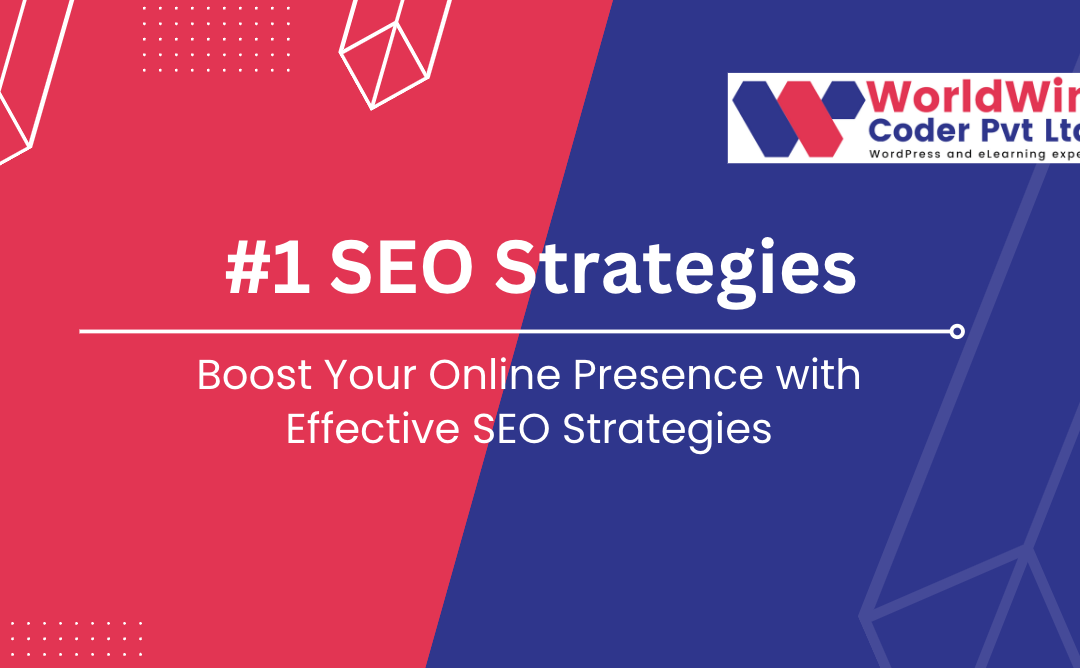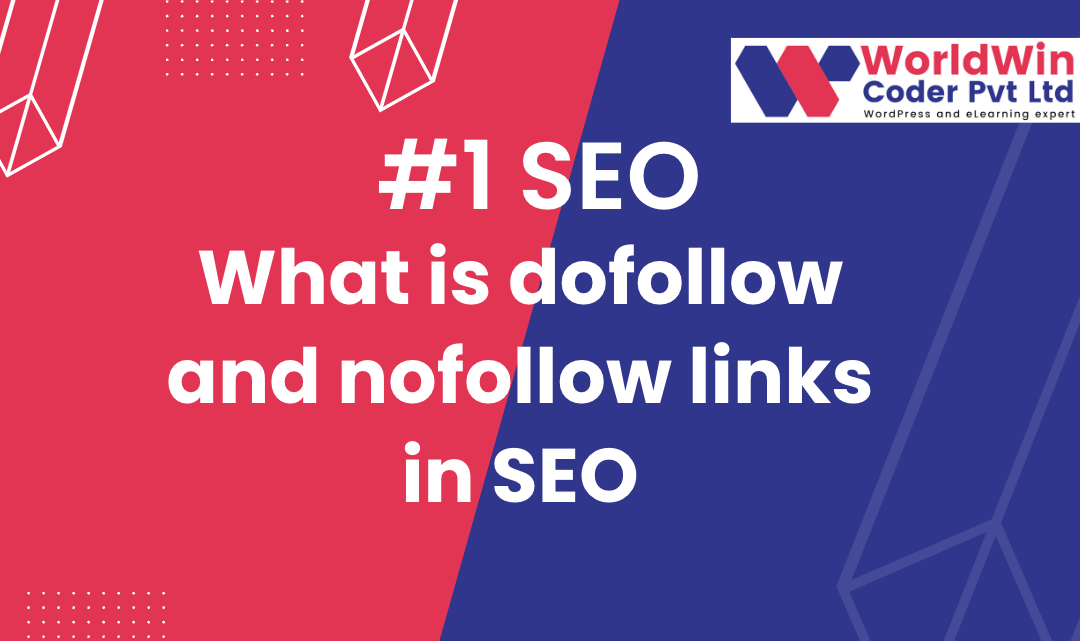
Boost Your Online Presence with Effective SEO Strategies
Creating effective SEO strategies for a WordPress website involves various techniques and considerations. Here are some steps you can follow to improve your website’s search engine visibility and achieve better results
Effective SEO strategies are crucial for any WordPress website aiming to improve online visibility and drive organic traffic. By understanding the importance of SEO, conducting thorough keyword research, and optimizing on-page elements, you can enhance your website’s search engine visibility. Creating high-quality, engaging content, optimizing for mobile devices, and improving page speed contribute to a positive user experience. Building a strong internal and external linking structure, utilizing meta tags and schema markup, and integrating social media promotion are additional strategies to boost your website’s online presence. Ongoing monitoring and analysis of key metrics, coupled with continuous optimization and adaptation, ensure long-term success in the ever-evolving SEO landscape.
The Importance of SEO for Website Visibility and Organic Traffic
1. Introduction
- Importance of SEO for any WordPress website
- Overview of the steps to create effective SEO strategies
2. Understanding the Importance of SEO
- Enhancing Website Visibility and Organic Traffic
- The Role of SEO in Online Presence and Branding
3.Understanding Keyword Research and Optimization for Improved SEO
- Conducting Thorough Keyword Research
- Utilizing Keyword Tools for Analysis and Selection
- Implementing Targeted Keywords in On-Page Elements
4. On-Page Optimization Techniques
- Optimizing Page Titles and Meta Descriptions
- Incorporating Keywords Naturally in Content
- Utilizing Header Tags (H1, H2, etc.) for Structure and SEO
- Optimizing URL Structure for Search Engine Visibility
5. Creating High-Quality and Engaging Content
- Importance of Valuable and Relevant Content
- Incorporating Keywords in Content Naturally
- Using Multimedia Elements to Enhance User Experience
6. Mobile-Friendly Design and Optimization
- The Significance of Mobile-Friendly Websites
- Implementing Responsive Design Techniques
- Testing and Optimizing Website for Mobile Devices
7. Page Speed Optimization
- Optimizing Image Sizes and Compression
- Leveraging Caching Plugins for Improved Load Times
- Minifying CSS and JavaScript Files for Faster Rendering
8. Internal and External Linking Strategies
- Establishing an Effective Internal Linking Structure
- Using Relevant Anchor Text for Internal Links
- Acquiring Quality Backlinks for Website Authority
9. Meta Tags and Schema Markup Implementation
- Optimizing Title Tags and Meta Descriptions
- Implementing Structured Data and Schema Markup
- Leveraging SEO Plugins for Easy Management
10. Leveraging Social Media Integration
- Using Social Media Platforms for Content Promotion
- Encouraging Social Sharing and Engagement
11. Enhancing User Experience and Navigation
- Importance of Intuitive Design and Clear Navigation
- Improving Site Speed and Performance
- Optimizing for Readability and Accessibility
12. Monitoring and Analyzing SEO Metrics
- Utilizing Google Analytics for Website Performance Tracking
- Analyzing Organic Traffic, Keyword Rankings, and Conversions
- Identifying Areas of Improvement for Continuous Optimization
13. Continuous Optimization and Adaptation
- Staying Updated with SEO Best Practices and Algorithm Changes
- Testing and Experimenting with New Techniques
- Ongoing Optimization for Long-Term Success
14. Conclusion
- Recap the Importance of Effective SEO Strategies
- Emphasize the Ongoing Nature of SEO and Continuous Improvement

